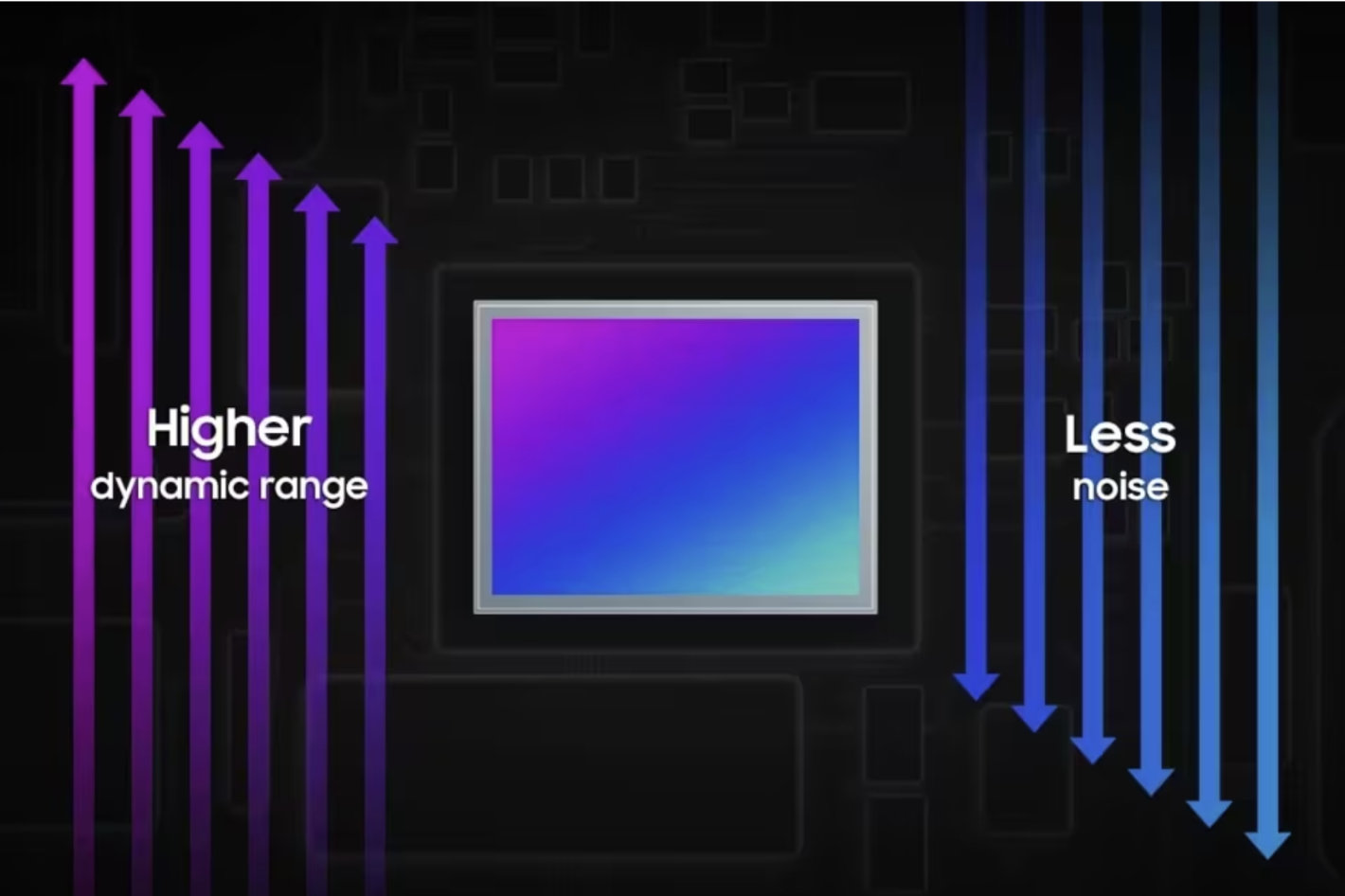
Samsung’s smartphones may be exciting in many ways, but they’re usually slower to focus than models from other companies. It’s not so much that you’ll give up using the brand’s smartphones – else Samsung would not be the best selling smartphone brand in the market – but it’s something Samsung engineers have tried to solve through firmware updates to the different models.
Now, apparently, the company has another solution for its focus problems, and the sensor showing the new technology is not a top of the line 200MP sensor but a more common 50MP version, the new ISOCELL GNK, which appears to be an evolution over the previous ISOCELL GN1, which offers similar characteristics but lacks the new improvements now announced, that make the ISOCELL GNK, as Samsung announces the start of “a new era of smartphone camera experience.”
Autofocus on the new ISOCELL GNK happens thanks to the presence of two photodiodes per pixel, which stand by the obvious name of Dual Pixel Pro, which was introduced with the ISOCELL GN2, in 2021, and perfected since then. The system allows autofocus to compare the phase difference in both the top and bottom and left and right directions, meaning the sensor quickly focuses on objects in motion wherever they are in the frame, according to Samsung. The 200MP image sensor ISOCELL HP3, used in the S23 Ultra, can detect autofocus information in both horizontal and vertical directions, and for the first time, as Samsung revealed, “all pixels can compare phase differences, which means quick and accurate autofocus performance.” The new ISOCELL GNK offers, Samsung’s own words, ultra-fast autofocus, suggesting it can be faster than the HP3. Is it?
Able to record 8K video at 30fps with minimal loss in the field of view, the ISOCELL GNK promises to “capture your precious moments with impeccable detail” as it also supports autofocus and HDR video in FHD mode with frame rates as high as 240fps for cinematic and dynamic footage.
Samsung also claims that the new sensor offers “pro-grade low light photography”, allowing photographers to experiment in any lighting conditions. As usual pixel binning is present; in dim-lit situations, four neighboring pixels are merged into an even bigger 2.4μm pixel, achieving higher light sensitivity. The difference is that, building on on-chip remosaic technology, ISOCELL GNK maximizes the benefit of Tetrapixel in bright lighting conditions to produce 50MP images with exceptional quality, says Samsung.
So, what makes this sensor different? The “secret recipe”, to create vivid, lifelike images, according to Samsung is this: staggered HDR technology in collaboration with three different ISO modes enhances ISOCELL GNK’s HDR performance by producing images with a dynamic range of up to 102dB. The single frame based Smart-ISO Pro also improves dynamic range while minimizing motion artifact, creating images with color depth as high as 14-bit.
The ISOCELL GNK, with an effective resolution of 8,160 x 6,144 (50MP) is a 1/1.3″ sensor with 1.2μm pixel size, like the ISOCELL GN1 before it. It’s the introduction of new features that makes it different and, as Samsung says, able to pave the way for a new era of smartphone camera experience.
The new sensor will appear in models to be launched in 2024, a clear indication that the upcoming S24 series, which is expected to be announced in January 2024, will have this sensor as part of the camera package. The Samsung ISOCELL GNK will also, no doubt, be used by other camera brands as the main camera, due to its characteristics.
